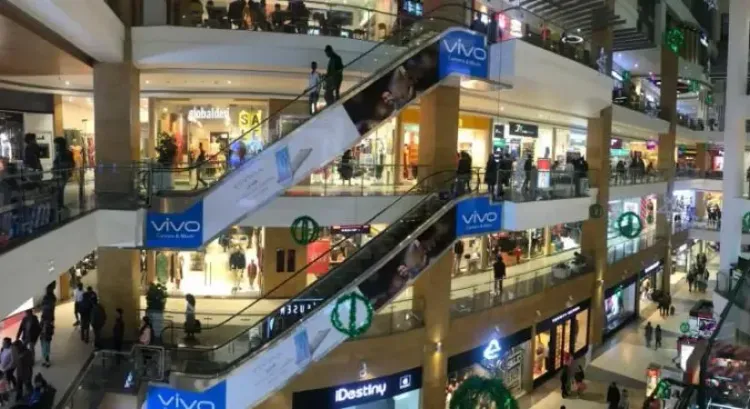Will Mall Operators in India Achieve 12–14% Revenue Growth Amid New Acquisitions?

Synopsis
Key Takeaways
- Revenue growth of 12–14% anticipated for mall operators.
- Strong performance following 14% growth last year.
- Occupancy rates expected to rise to 94–95%.
- Growth driven by acquisitions and expansions.
- Economic factors supporting increased consumption.
New Delhi, Nov 26 (NationPress) Mall operators in India are projected to experience a robust revenue growth of 12–14 percent in the ongoing fiscal year, building on a 14 percent increase recorded last year, according to a report released on Wednesday.
This growth trajectory is bolstered by a surge in malls acquired in the previous two fiscal years, planned expansions, and annual rental increases, as indicated in the report by Crisil Ratings.
The upward momentum is likely to continue into the next fiscal year, with revenue anticipated to grow in double digits, driven by similar factors. The report also noted that leverage will remain stable, supported by a strong operational performance.
Factors such as goods and services tax (GST) rate cuts, a steady economic growth, manageable inflation, lower interest rates, and an above-average southwest monsoon are predicted to boost consumption.
Last fiscal year, overall occupancy climbed by 3.5 percent to 93.5 percent, with expectations to reach 94–95 percent in the current and following fiscal years.
This increase will also be driven by operators enhancing occupancy in malls launched or acquired in the last two fiscal years.
“Assets added through both organic and inorganic means have been instrumental for large mall developers and REITs. Our sample of mall operators has expanded their retail space by 3 million square feet over two fiscal years up to 2025, primarily in Tier 2 cities, as part of their growth and diversification strategies,” stated Gautam Shahi, Director at Crisil Ratings.
Furthermore, an additional 4.5-5 million square feet is expected to be added by FY27, aiming to propel annual revenue growth by 400 basis points.
Crisil's analysis of malls in India's 11 Tier-1 and Tier-2 cities, which represent a third of the Grade A malls in the country, indicates that the sustained growth in rental income, driven by improved occupancy, combined with robust balance sheets, should maintain stable credit profiles.









